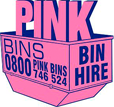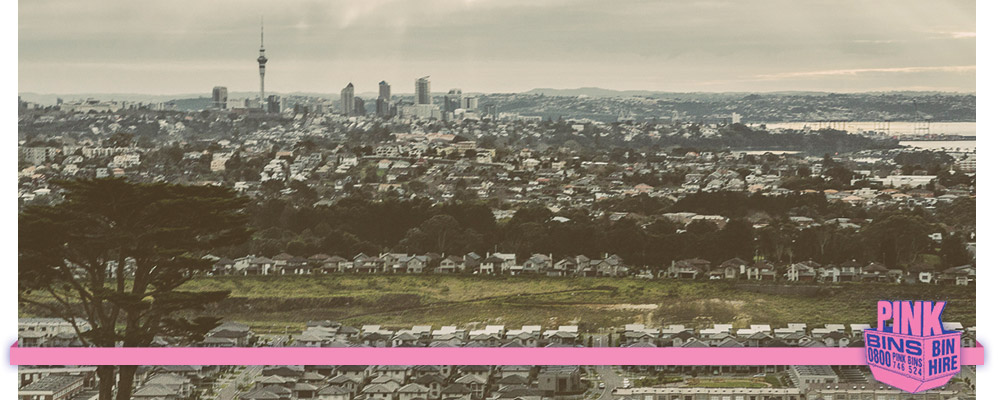At Pink Bins, we’d like to see Kiwi households take more responsibility for their waste. The New Zealand Government wants the same thing, which is why it charges a $10 landfill levy for every tonne of landfill waste.
How does the landfill levy affect you?
Well, of course, the levy is ultimately paid by the consumer. Otherwise, what would be the point? So, to we charge a $15 fee (including GST), which covers administration costs, for every bin hired out for landfill waste.
What is the fee used for?
Since its introduction, the landfill levy has raised over $192 million. A nice sum, and according to the Ministry for the Environment, this is where the money goes:
- Half goes to city and district councils for promoting and implementing waste minimisation activities.
- The rest of the levy (less administration costs) ends up in the Waste Minimisation Fund.
A bit of background
The levy was introduced in 2009 under the Waste Minimisation Act 2008 and applies only to class-1 waste facilities that accept household waste (the ones your rubbish goes to).
Perhaps, surprisingly, our government took a conservative approach when setting the fee amount. If you think $10 per tonne is steep, think about facilities in the United Kingdom that pay $144 per tonne for some kinds of waste. New Zealand’s landfill levy is possibly the lowest in the world.
Apparently, the reasons for the low levy include the Government wanting to minimise the impact on households and businesses and also not wishing to encourage illegal dumping.
Is the levy working?
The levy has raised a fair amount of money since 2009 — I can certainly think of plenty of things to do with $192 million. Surely, though, the ultimate goal is to reduce the landfill waste, but according to a statutory review last year, the amount is increasing.
In Auckland, the goal is zero waste by 2030. Unless the Government raises the landfill levy to be more in line with other countries, this goal is more like a pipe dream.
Currently, sorting recyclable waste, like timber and plastic, from the rest at landfill facilities isn’t economically viable—there just isn’t enough money to pay people to do the work. However, according to a report commissioned by a group of councils and recycling companies, a drastic increase in the levy could result in 9,000 new jobs and $500 million annually in economic benefits.
That sounds like a great idea to me.

